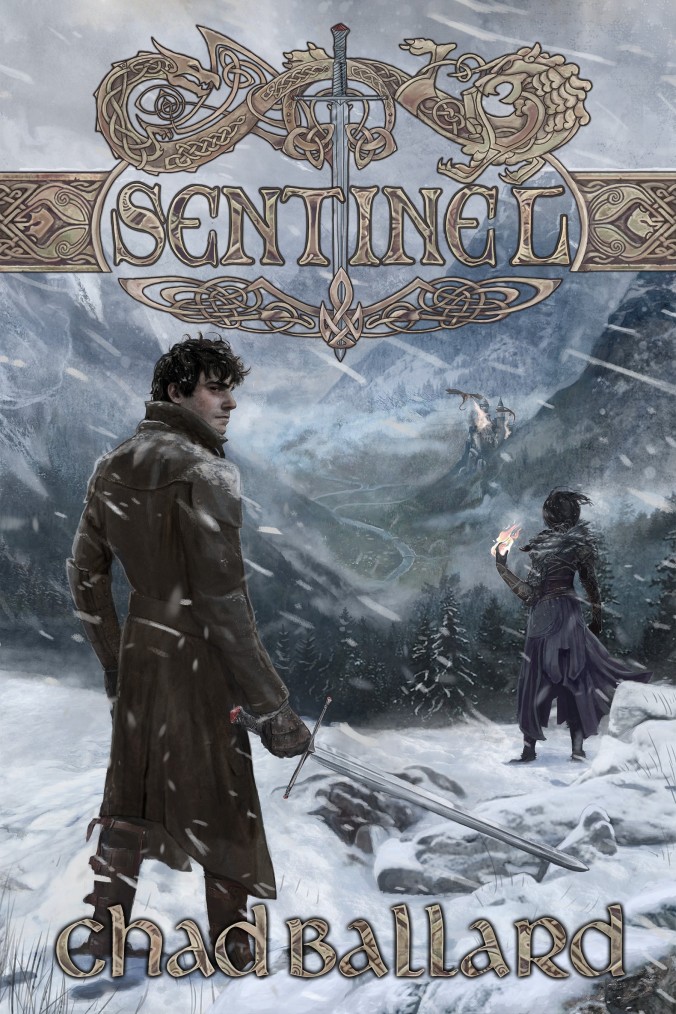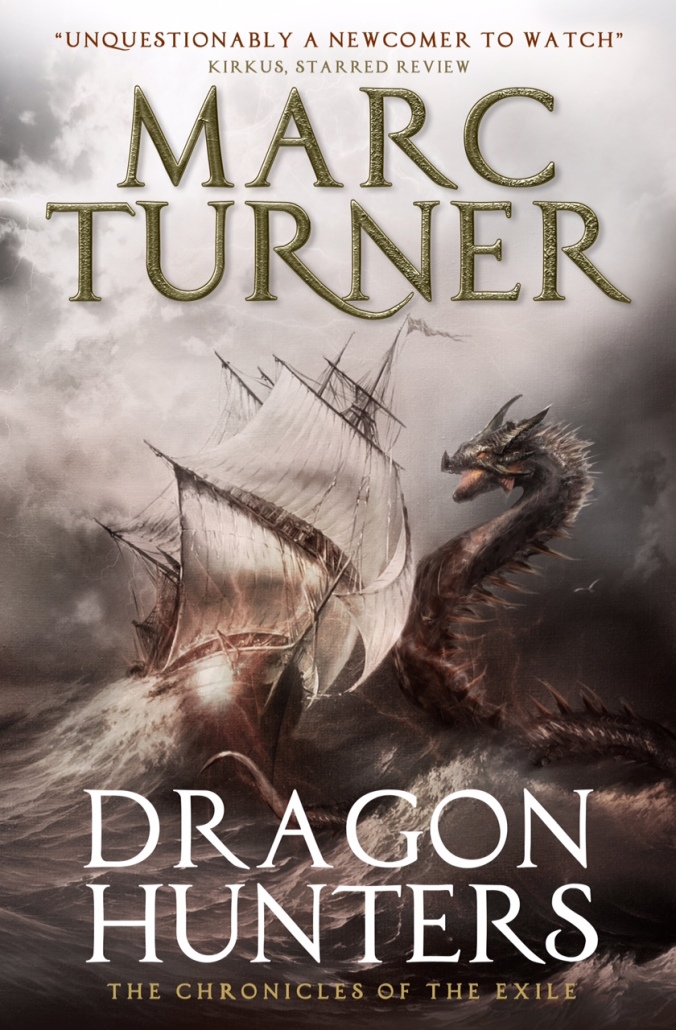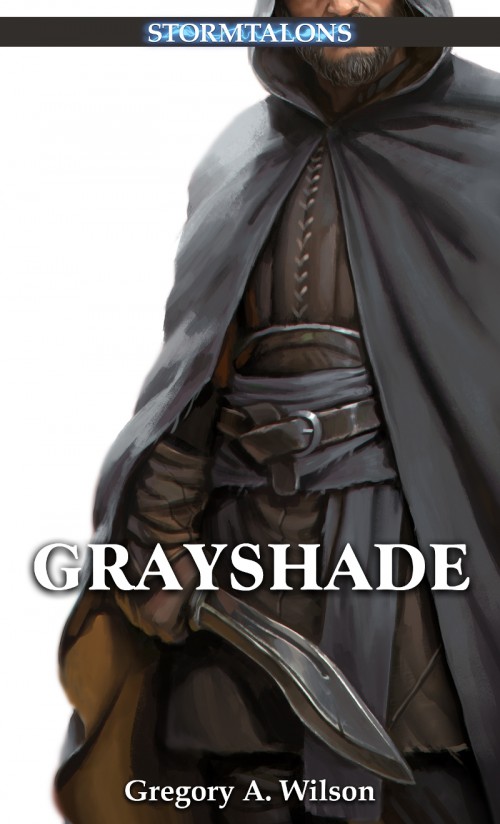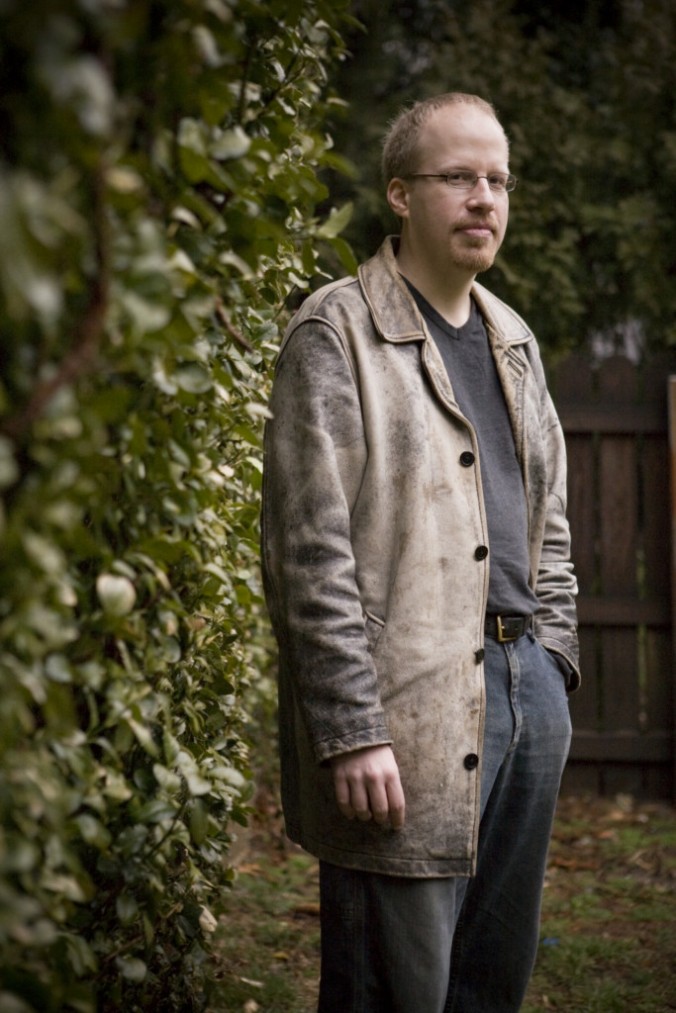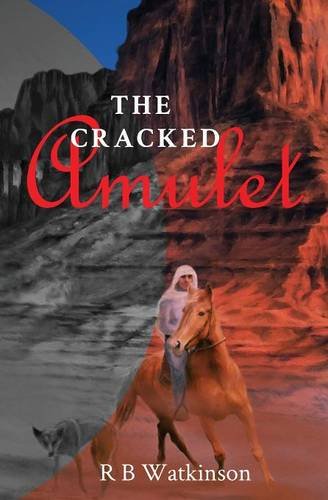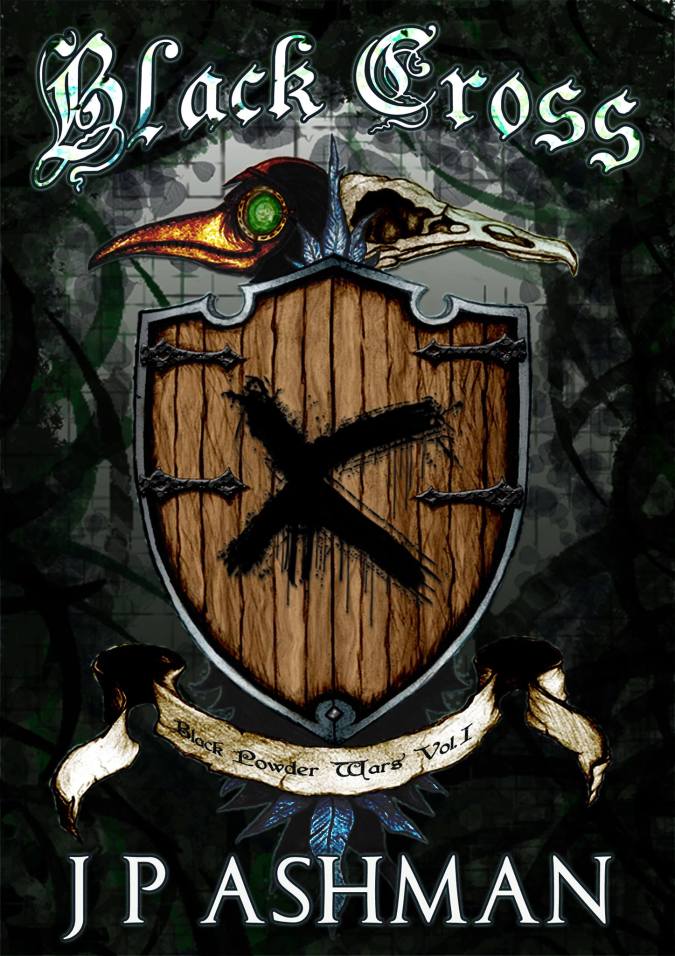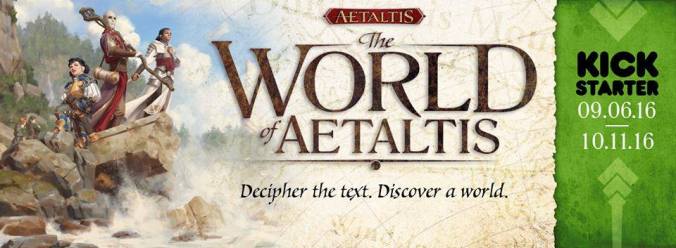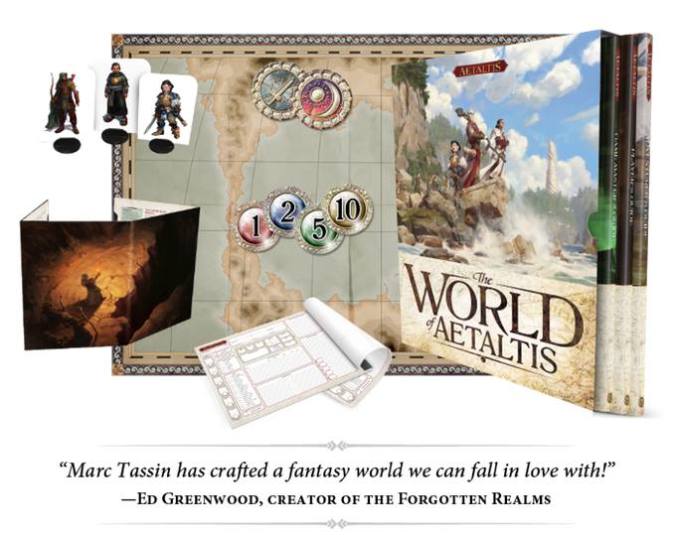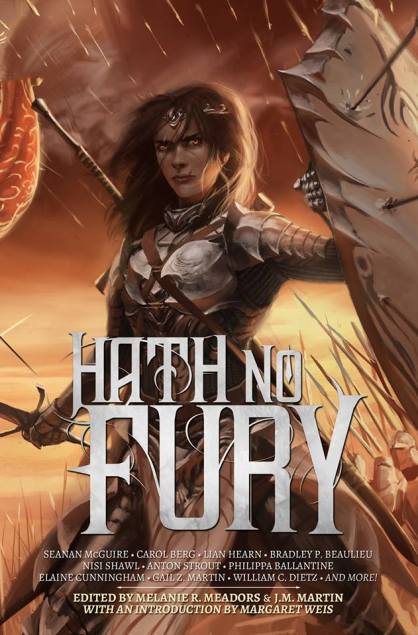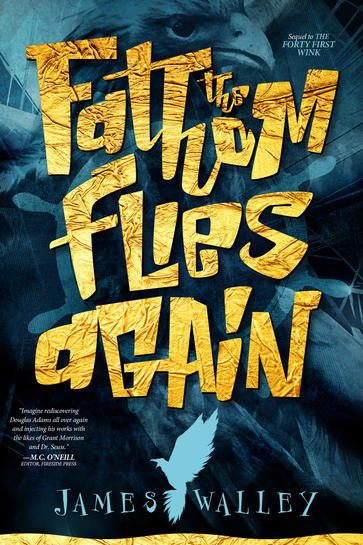
“It’s time to wake up and smell the carnage. Just as every night gives way to dawn, all dreams yield to the break of day. For Marty, that’s kind of a problem. When you’ve fought killer clowns, sailed the seven skies, and generally laid waste to your own dreamspace, real life can be kind of a drag. At least, until your nightmares crawl through the cracks and shadows, and take a liking to your town.
When the jesters come a knocking, it’s time to man up. When the unmentionables under your bed come a biting, it’s time to grab your trusty, pint-sized pirate compadre and lead a charge against the night terrors.
What does this mean for Marty? It means the crew of The Flying Fathom are back, surfing on rainbows, swashing their buckles, and saving the world, one sleepy little town at a time.
Book one of this series, The Forty First Wink, brought you a glimpse of utter, rum-swilling madness. Now The Fathom Flies Again, pushing you over the edge and chuckling at your plummeting screams, before scuttling off to find something shiny to steal.
Remember, if you hear something under your bed, don’t move. Don’t make a sound. Draw your cutlass and think of something devilishly witty to shout, because things, my friend, are about to get all too real.”
What’s worse than writing a synopsis? Not much, if you ask any author who has just spent the last few months living in the story they created, and are now tasked with summing it up in a few short sentences. Well, let me tell you, there is something worse: Writing a synopsis for a sequel.
I say worse. Obviously synopses are as wonderful as they are terrible, because they’re also the concentrated essence of the story you’re telling. Some refer to it as an elevator pitch, but I prefer to think of it as your trailer, a tease of all the glorious bunkum that unfolds within the pages of your book. Which is why writing one for a sequel is so hard.
In the blurb for The Fathom Flies Again, helpfully included just a few sentences upward of this very one, I wanted to encapsulate everything that people (I hope!) enjoyed in The Forty First Wink, whilst alluding to a darker tone, new characters, higher stakes and a progression of the story. All this, whilst still holding back the important, spoilery stuff that is a resounding no-no in situations such as this. On top of that, it needs to tell people who haven’t read book one that they should probably think about picking up a copy before tackling this one, because it’s a sequel, and that’s how sequels work.
So just to recap, you’re juggling “You haven’t read book one? Best go read that, because there’s a whole boatload of shenanigans waiting for you in book two” and “You read book one? You rock! Your reward is all your favourite stuff from that story, and a whole lot of then some.” And you’re doing that in a few sentences, designed to simultaneously provoke action and reaction, inspire newcomers and satisfy returners. Is it any surprise that authors spend almost as much time writing their synopsis as they do penning the story it describes?
Luckily, we’re super invested in what we’re talking about, and very excited for people to read all about it, so it’s a task that’s happily undertaken, albeit laboured over for more hours than is perhaps healthy.
After many a grain of sand has slipped through a glass, and more wine has tipped out of another, I like to think that I have come up with something that not only has returning readers excited for the further adventures of the crew of the Flying Fathom, but also has new readers wondering ‘What have I missed in book one?’
I guess when you’re brazenly flashing the good parts, whilst trying to keep a coy hand covering the important bits, that’s all you can hope for.

About James Walley:
Hailing from the mystical isle of Great Britain, James Walley is an author who prefers his reality banana shaped.
His debut novel, The Forty First Wink, released through Ragnarok Publications in 2014 scuttles gleefully into this bracket, with a blend of humour, fantasy and the unusual.
A clutch of follow up work, both short and long (including books two and three in the Wink trilogy) are in the offing, and have a similar demented flavour.
When not writing, James is partial to a spot of singing, the odd horror movie or ten, and is a circus trained juggler.
About The Fathom Flies Again Wink #2
It’s time to wake up and smell the carnage. Just as every night gives way to dawn, all dreams yield to the break of day. For Marty, that’s kind of a problem. When you’ve fought killer clowns, sailed the seven skies, and generally laid waste to your own dreamspace, real life can be kind of a drag. At least, until your nightmares crawl through the cracks and shadows, and take a liking to your town. When the jesters come a knocking, it’s time to man up. When the unmentionables under your bed come a biting, it’s time to grab your trusty, pint-sized pirate compadre and lead a charge against the night terrors. What does this mean for Marty? It means the crew of The Flying Fathom are back, surfing on rainbows, swashing their buckles, and saving the world, one sleepy little town at a time. Book one of this series, The Forty First Wink, brought you a glimpse of utter, rum-swilling madness. Now The Fathom Flies Again, pushing you over the edge and chuckling at your plummeting screams, before scuttling off to find something shiny to steal. Remember, if you hear something under your bed, don’t move. Don’t make a sound. Draw your cutlass and think of something devilishly witty to shout, because things, my friend, are about to get all too real.
Amazon Link: https://www.amazon.com/Fathom-Flies-Again-James-Walley/dp/1945528389/
